Mr. Jerome Powell must carefully calculate whether to continue raising interest rates or stop when China is trying to revive its economy in a state of deflation.
As US Federal Reserve Chairman Jerome Powell outlines the next moves of the world's most powerful central bank, he may want to talk to officials in Beijing, Forbes commented.
The reason China returned to deflation in October. Specifically, the country's consumer price index (CPI) fell slightly by 0.2% compared to the same period last year. In addition, producer prices in China also fell by 2.6% in October compared to the same period in 2022. This is the 13th consecutive month of production decline, raising concerns that many factory owners are cutting prices to compete for market share when there is excess capacity.
"China is an outlier in its post-pandemic reopening as its economy faces growing deflationary risks rather than inflationary pressures," said Grace Ng, senior economist for Greater China at JP Morgan.
Deflation is defined as a sustained and large-scale fall in the prices of goods and services over a period of time. This is not a positive thing for the economy. Because when consumers and businesses delay spending in the expectation of further price falls, economic problems become worse.
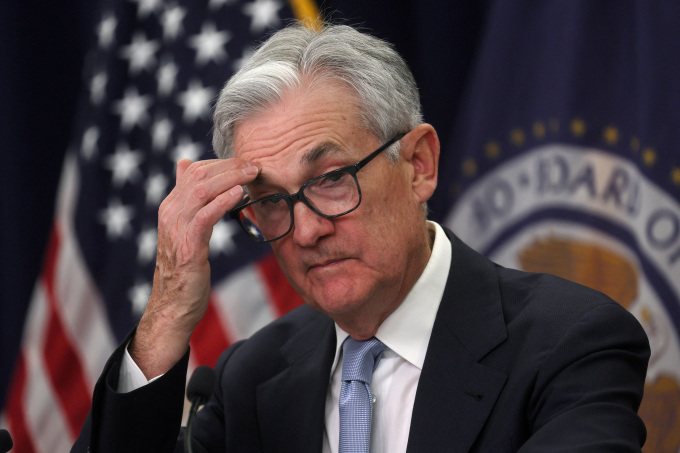
Fed Chairman Jerome Powell in Washington, US on March 22. Photo: Reuters
When the Chinese delegation arrives in San Francisco for the Asia- Pacific Economic Cooperation (APEC) summit this week, they are likely to be bombarded with questions about Beijing's plans to avoid deflation.
APEC has not been so concerned about the weakening of the world’s second-largest economy since the late 1990s. The last time there was concern about China’s decline was at APEC in 1997 in Vancouver, Canada. That year’s meeting took place in the context of the Asian financial crisis.
A month before the meeting, US and International Monetary Fund (IMF) officials were scrambling to prevent currency turmoil in Indonesia, South Korea and Thailand from spreading to China. The US worry at the time was that Beijing would also devalue its currency, sparking a new race to the bottom in exchange rates.
And China did not devalue. But when APEC convened, concerns about China's devaluation flared up again. Adding to the overall difficulties, Japan - then Asia's largest economy - would be dragged into the crisis.
As the leaders sat down at the APEC 1997 summit, they received news that Yamaichi Securities, one of Japan’s four legendary brokerage firms that was 100 years old, had collapsed. In the following days, US President Bill Clinton and other Asia-Pacific leaders tried to persuade Japanese Prime Minister Ryutaro Hashimoto to take control of Tokyo’s financial system.
APEC 1997 is an important lesson, as this APEC took place in North America at a time of great concern about China's economic fragility. The country's latest signs of deflation have only added to the worries.
No central banker watches China more closely than Mr. Powell. As he prepares to travel to San Francisco for APEC, the Fed chairman says they will not hesitate to raise interest rates again if necessary.
Much of that may depend on China, where growth is slowing and the risk of debt defaults is rising, according to Forbes. Of course, few expect the country’s economy to shrink. But the real estate market there is clearly in crisis.
Real estate accounts for 30% of GDP, making it a clear and present danger to the finances of China’s local governments. As a result, Beijing is shifting from supporting debt reduction to ramping up new stimulus. In addition to cutting interest rates and easing home-buying requirements in major cities, China last month announced a 1 trillion yuan, or about $137 billion, plan to support the economy.
Still, Serena Chu, senior China economist at Mizuho Securities Asia, forecasts the country's CPI will only rise by around 0.2% this year. "China may face long-term deflationary pressure as domestic demand may not be able to meet idle capacity," she said.
For Mr Powell, it is important to understand the point at which excessive monetary tightening becomes a major threat to developing economies, including China. In 1997, the Fed’s actions affected the entire situation in Asia. The dollar’s rise after the Fed’s aggressive tightening cycle in 1994-95 unsettled the region.
It is still unclear what the Fed will decide. The latest information from Mr. Powell is that it will proceed "carefully." Some Fed governors such as Michelle Bowman believe that another rate hike is needed to ensure inflation returns to the 2% target.
But pushing China into a more difficult situation could have the opposite effect on the US and the world. According to E&Y’s model, if China’s GDP growth unexpectedly falls by a percentage point below the baseline in 2023 and 2024, weaker trade flows, investment, and tighter financial conditions would reduce US GDP by 0.3 percentage points and global GDP by 0.5 percentage points.
The hard landing (rapid and sudden economic recession) in China in 2015 - 2016 showed the sensitivity of the global financial market to negative developments in this economy, according to E&Y.
At the time, concerns that China's economy was entering a downward spiral rocked global financial markets, leading to a sharp decline in US stocks. Risk appetite, commodity prices and long-term government bond yields also fell.
Phien An ( according to Forbes, EY, JPMorgan )
Source link



![[Photo] Hanoi morning of October 1: Prolonged flooding, people wade to work](https://vphoto.vietnam.vn/thumb/1200x675/vietnam/resource/IMAGE/2025/10/1/189be28938e3493fa26b2938efa2059e)








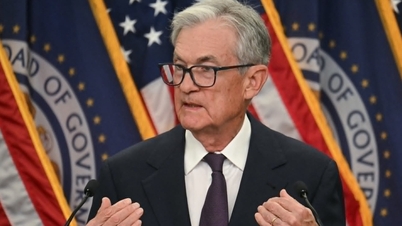



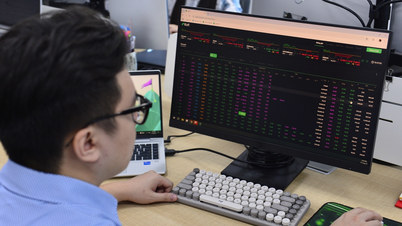






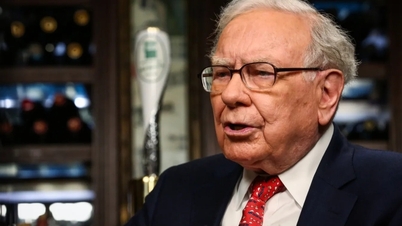















![[Photo] The 1st Congress of Phu Tho Provincial Party Committee, term 2025-2030](https://vphoto.vietnam.vn/thumb/1200x675/vietnam/resource/IMAGE/2025/9/30/1507da06216649bba8a1ce6251816820)
![[Photo] President Luong Cuong receives President of the Cuban National Assembly Esteban Lazo Hernandez](https://vphoto.vietnam.vn/thumb/1200x675/vietnam/resource/IMAGE/2025/9/30/4d38932911c24f6ea1936252bd5427fa)
![[Photo] Panorama of the cable-stayed bridge, the final bottleneck of the Ben Luc-Long Thanh expressway](https://vphoto.vietnam.vn/thumb/1200x675/vietnam/resource/IMAGE/2025/9/30/391fdf21025541d6b2f092e49a17243f)





















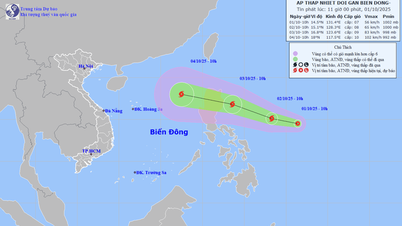
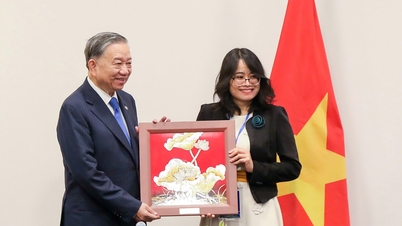
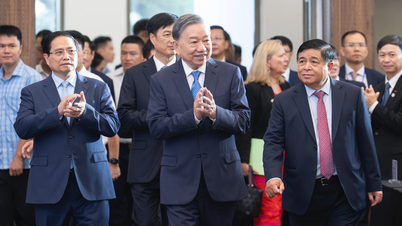










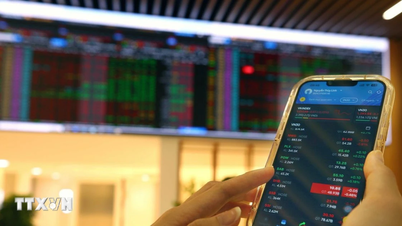



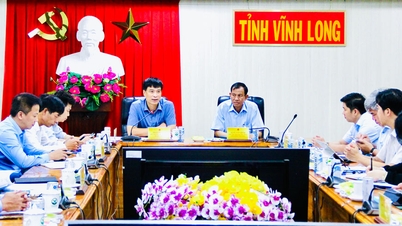

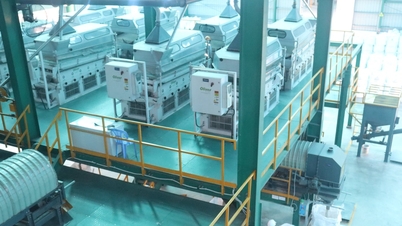















Comment (0)